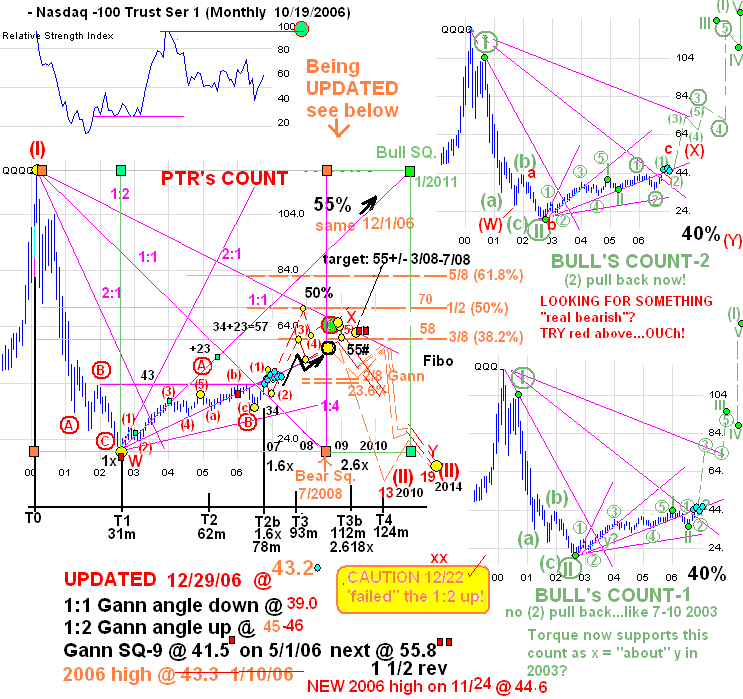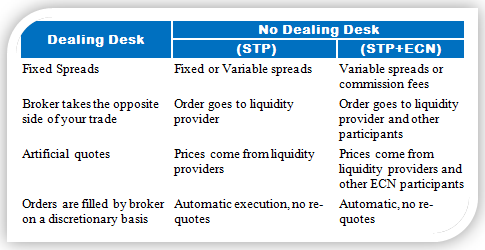
When the shares become publicly traded, the underwriters can then buy back the extra 0.3 million shares. This helps to stabilize fluctuating, volatile share prices by controlling the supply of the shares according to their demand. Companies wanting to venture out and sell shares to the public can stabilize initial pricing through a legal mechanism called the greenshoe option. A greenshoe is a clause contained in the underwriting agreement of an initial public offering (IPO) that allows underwriters to buy up to an additional 15% of company shares at the offering price. Investment banks and underwriters that take part in the greenshoe process can exercise this option if public demand exceeds expectations and the stock trades above the offering price. Increasing demand for a company’s shares can raise the share prices to a price above the offer price.
They run alongside the bike for the first few feet, but eventually let go, standing proudly in the street as their kid rides off into the distance. In an initial public offering, a company lists its stock on a public exchange for the first time. Typically, there’s an offering price, which is the price at which the stock first goes public.
Underwriters and IPOs
The underwriter exercises the full option when that happens and buy at the offering price. The greenshoe option can be exercised at any time in the first 30 days after the offering. A green shoe clause allows the group of investment banks that underwrite an initial public offering (IPO) to buy and offer for sale 15% more shares at the same offering price than the issuing company originally planned to sell.
As an example, a company intends to sell one million shares of its stock in a public offering through an investment banking firm (or group of firms known as the syndicate), which the company has chosen to be the offering’s underwriters. Stock offered for public trading for the first time is called an initial public offering (IPO). Stock that is already trading publicly, when a company is selling more of its non-publicly traded stock, is called a follow-on or secondary offering. In case, shares of Facebook had traded above the IPO price $38 shortly after listing, an greenshoe option to purchase 63 million shares from Facebook at a price of $38 will be exercised by underwriting syndicate. However, if shares are trading at higher price then underwriter will avoid repurchasing them. Say that underwriter Goldman agreed with Gigliy company to sell 100 million shares to the public.
Examples of Greenshoe Option
This can create the perception of an unstable or undesirable offering, which can lead to further selling and hesitant buying of the shares. To manage this situation, the underwriters initially oversell (“short”) the offering to clients by an additional 15% of the offering size (in this example, 1.15 million shares). The underwriters can do this without the market risk of being “long” this extra 15% of shares in their own account, as they are simply “covering” (closing out) their short position. The term “greenshoe” arises from the Green Shoe Manufacturing Company (now called Stride Rite Corporation), founded in 1919. It was the first company to implement the greenshoe clause into their underwriting agreement.
- This increased liquidity in the market could result in more investors being able to purchase the IPO stock.
- In the scenario, such increased loan, being a medium or long-term loan, may not be registered with and approved by the State Bank of Vietnam (SBV), while the future of the short-term loan remains in question.
- Companies wanting to venture out and sell shares to the public can stabilize initial pricing through a legal mechanism called the greenshoe option.
- These provisions can help underwriters meet higher-than-expected demand up to a certain percentage above the original share number.
Let’s say, for example, that a popular technology company was planning to go public on March 31, 2022. After consulting with its underwriters, the company agreed to offer 100,000 shares at $25 per share, with total expected proceeds to be $2.5 million. On this account, the parties may interpret that the original number will be registrable, but the concern, after all, lingers there. This option allowed them to collectively buy meaning of green shoe option an additional 5,500,000 shares of its Class A common stock at the IPO price, minus any underwriting discounts and commissions. A recent example of a greenshoe option being used in an IPO occurred in July 2021 when Robinhood went public. During the popular trading platform’s IPO, it granted an over-allotment option to its underwriters, which included Goldman Sachs, J.P Morgan, Barclays, Citigroup, and Wells Fargo Securities.
CHOICE OF LAW IN INTEREST RATE DERIVATIVE AGREEMENTS BETWEEN VIETNAMESE BANKS AND COUNTERPARTIES
Greenshoe options, also known as “over-allotment options,” are included in nearly every initial public offering (IPO) in the United States. If we assume that the over allocation is set at 15% of the offering, this would amount to 15m extra shares. The underwriter does not have these shares to sell, so it effectively shorts the shares (sells shares it does not have). It owes these shares to the investors,and it must deliver these shares to the investors.

Over-allotment options are known as greenshoe options because, in 1919, Green Shoe Manufacturing Company (now part of Wolverine World Wide, Inc. (WWW) as Stride Rite) was the first to issue this type of option. A greenshoe option provides additional price stability to a security issue because the underwriter can increase supply and smooth out price fluctuations. It is the only type of price stabilization measure permitted by the Securities and Exchange Commission (SEC). Underwriting syndicate, headed by Morgan Stanley agreed with Facebook, Inc. for purchasing 421 million shares priced at $38 for each share, less 1.1% fees for underwriting.
What things go with green shoes?
Any shade, including off-white or bright white will work well with green shoes. I like a bright white outfit with deep emerald green or brighter shades. My preference for off-white dresses or suits is pea, sage or mint green shoes.